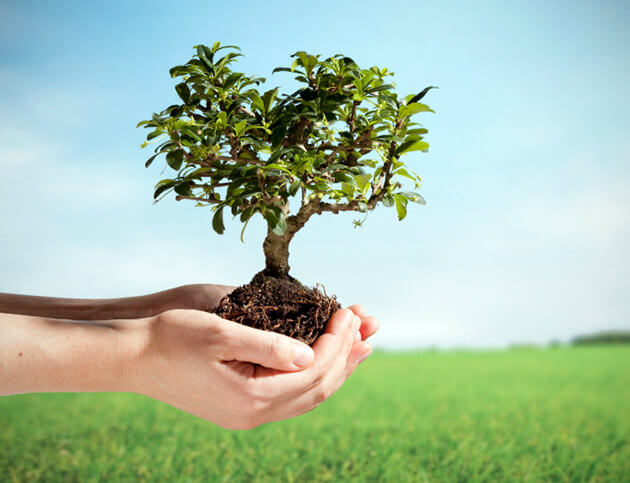In celebration of and preparation for Arbor Day

It’s been more than 130 years since J. Sterling Morton founded Arbor Day. His simple idea of establishing a special day for planting trees is now more important than ever. Arbor Day is a day set aside to celebrate trees and all of their benefits.
The Town of Charlotte has declared May 5 to be Charlotte Arbor Day and will encourage tree planting with a celebration at Charlotte Central School on that day.
Trees provide valuable environmental services such as shade in summer, carbon fixation, oxygen production, soil erosion reduction, more favorable groundwater recharge, and habitat for many forms of other plant and animal life, the official Charlotte Arbor Day declaration reads.
Before you grab that shovel heed a few warnings from an expert arborist to ensure the tree’s longevity. “Too often, consumers waste hundreds of dollars on trees that will die because they were planted too deep,” said Tchukki Andersen of the Tree Care Industry Association. “Proper planting is absolutely essential for the success of a transplanted tree.”
First, use quality plants and follow up with good tree-care practices, such as watering, pruning and fertilizing, Andersen said. Next follow these planting guidelines:
- Measure the height and diameter of the root ball or root spread.
- Dig the hole just deep enough to allow the first structural root to be at level grade. The diameter of the hole should be two to three times the diameter of the root ball or root spread.
- Set the tree on undisturbed solid ground in the center of the hole. The tree should be planted so that the root flare, the base of the tree trunk where the roots begin to “flare out,” will be visible above grade.
- Backfill with soil from the planting hole, using water to pack or settle the soil around the root ball. Do not tamp soil by stepping on it.
- Mulch the planting area with two to four inches of an organic composted mulch such as wood chips. Do not mulch up to or against the trunk. Start the mulch six inches away from the tree trunk.
- Trees should be pruned after planting to remove broken, damaged, diseased or dead branches.
- Stake and/or protect the trunk of the tree if there is a real potential for wind damage or lawn-mower injury. Remove the guy wires (string, rope, wire or other ties used with supports) when the staking is no longer needed or the tree could be injured or even killed from girdling by the wire.
- Prune to develop a good branch structure once the tree has become established in its new home, usually one to three years after planting. Never remove more than 25 percent of total foliage in one year. (Depending on the tree and its condition, some arborists advocate capping pruning at an even lower percentage.)
- Fertilizing is not recommended at the time of planting.

